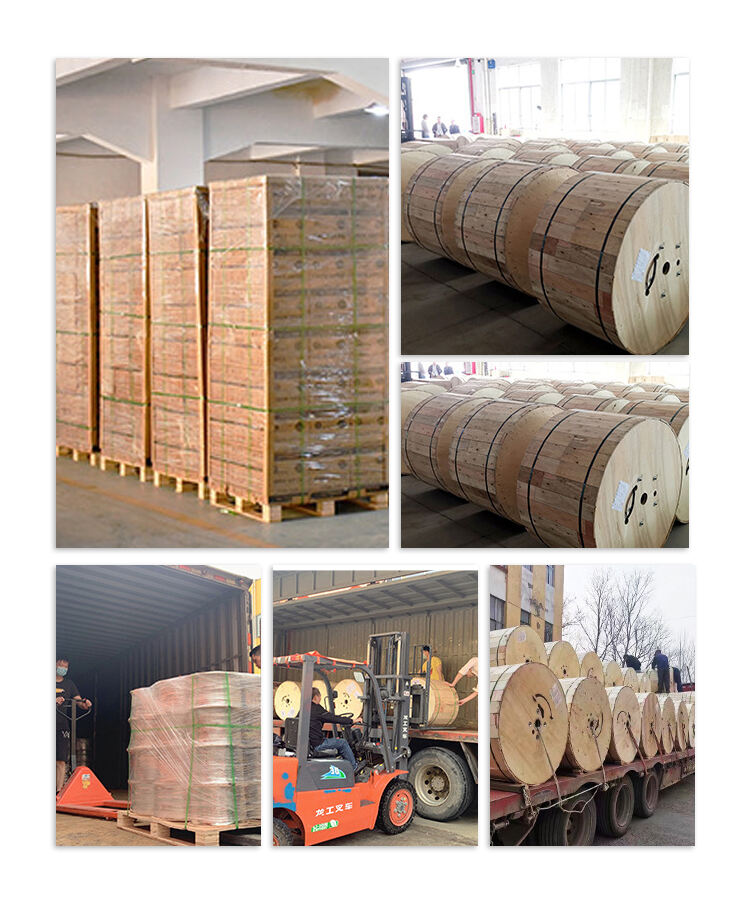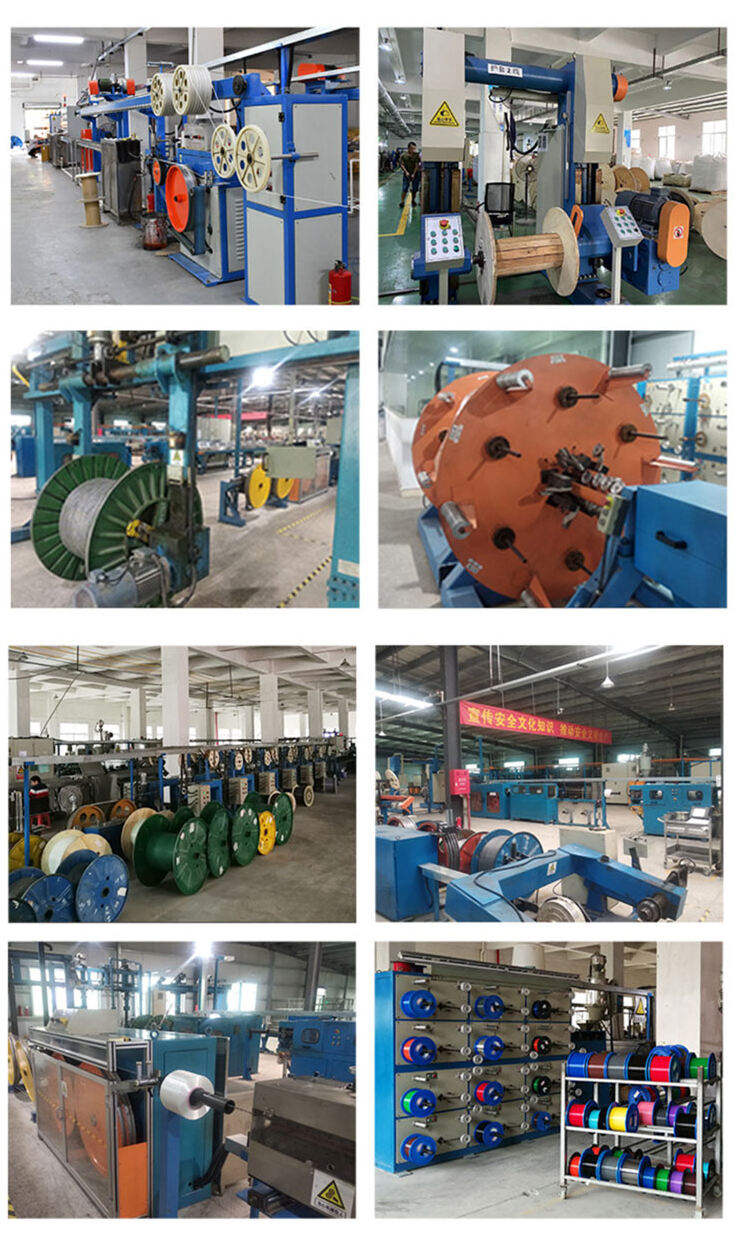Fiber Optic Cable: High - Speed Data Transmission Medium
Fiber optic cable, made of glass or plastic fibers, is used to transmit optical signals, achieving high - speed and high - capacity data transmission. It has advantages such as long transmission distance, high bandwidth, and strong anti - interference ability. It is widely applied in long - distance network transmission and data center interconnection scenarios, with common types being single - mode and multi - mode fibers.
Get A Quote

